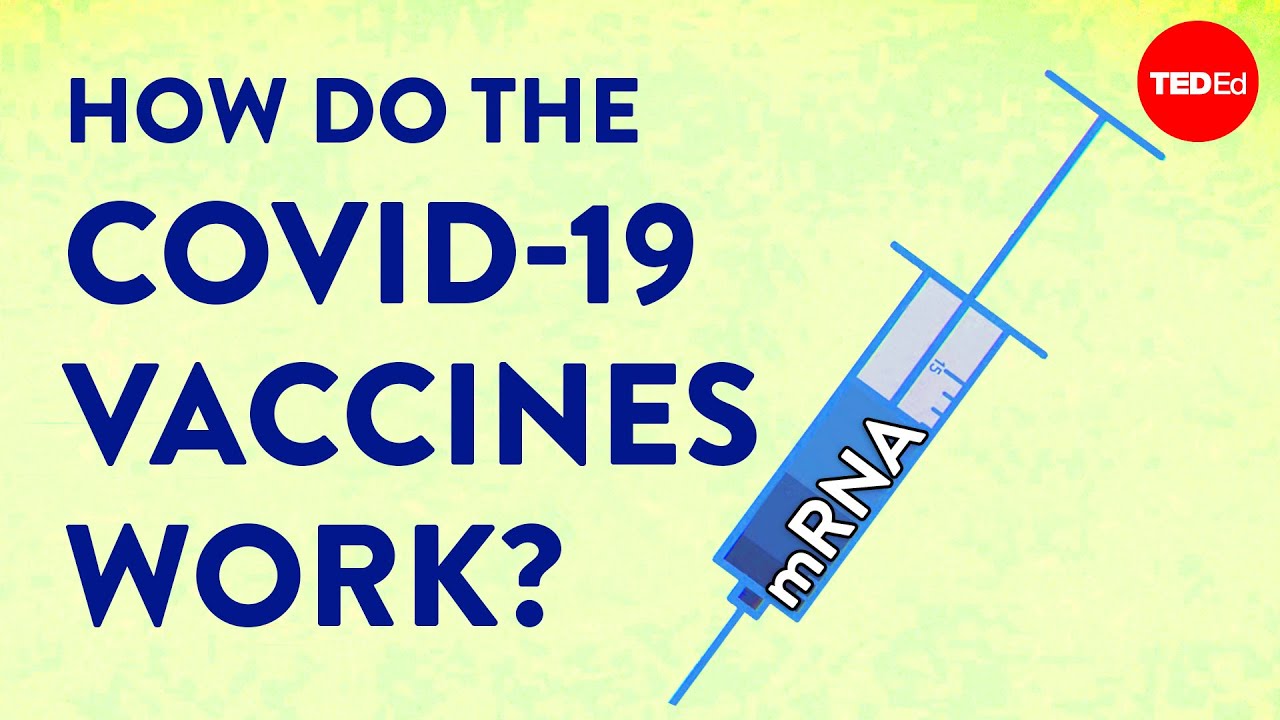Who Invented mRNA Technology?
Who invented mrna technology? The idea behind this technology is revolutionary and has been hailed as a breakthrough in medicine. In the early days, scientists viewed the RNA messenger as an excellent candidate for biomedical applications. Today, scientists are using RNA as a powerful new tool in their quest to understand the human genome. There are several key players in this field, including Dr. Robert Malone, Dr. Katalin Kariko, Dr. Drew Weissman, and Dr. Philip Felgner.
Dr. Robert Malone
In 1978, scientists developed a lipid nanoparticle that carried messenger RNA. The combination of mRNA and liposomes spurred the production of proteins in mice. Liposomes, a kind of protein-sized sphere, fuses with cellular membranes to deliver genetic material. Both liposomes and mRNA were discovered in the 1960s. The two scientists collaborated on several publications and patent filings.
But the controversial claims about MRNa vaccines from Dr. Robert Malone are based on inaccurate information. His own research and statements have been denounced by medical experts as dangerous. His work has been cited by anti-vaccine groups, and his research is widely discredited by mainstream science. Twitter has banned Malone due to its misinformation policy concerning the MRNa vaccine, but he has found other platforms to spread his nonsense. For example, he has appeared on the Joe Rogan podcast, which has an average of 11 million listeners.
Dr. Katalin Kariko
Dr. Katalin Kariko invented mRNA technology when she was a research assistant at the University of Pennsylvania. At the time, she was on her way to a full professorship, but suddenly, there was no funding for her research. This meant that her research would be cut short. At the same time, Kariko and her husband were trying to sort out a visa issue, and they were losing valuable research time.
The mRNA vaccine works by stimulating killer T cells to fight the coronavirus. This in turn prevents the virus from replicating. The good news for patients is that mRNA vaccines are relatively easy to make – they are made in tanks and test tubes, rather than in cells. Kariko initially rejected the idea of using mRNA as a vaccine due to the possibility of an adverse immune response.
Dr. Drew Weissman
The science behind messenger RNA is a long-running controversy, but one of the most innovative developments in immunology has come from the lab of an MIT scientist. Drew Weissman, a professor of microbiology and immunology at the Perelman School of Medicine, invented a new way to make mRNA vaccines. His work helped make the COVID-19 vaccine, which is currently being used to prevent HIV infection.
Weissman is an infectious disease expert at Penn Medicine who has been developing mRNA vaccines for over 15 years. He dreamed of an endless list of applications for the custom-made mRNA he and his collaborators have developed. Together with Katalin Kariko, Dr. Weissman and Kariko co-invented mRNA technology. Their innovations include nucleoside-modified mRNA (nmRNA), lipid nanoparticles, and nanoparticles containing mRNA.
Dr. Philip Felgner
In the 1950s, when Felgner was a child in a small Michigan farming town, he saw the wonders of outer space. He grew up watching Walt Disney TV specials and “Watch Mr. Wizard.” In a year when Sputnik became the symbol of the Soviet Union, an American community celebrated its resourcefulness and ingenuity. Today, the technology behind the invention of vaccines is commonplace.
Felgner’s work in the 1980s has led to over 280 scientific publications and 50 patents cited by scientists over three8,000 times. He has also helped the world combat pandemics by developing the first commercially available mRNA vaccines through the pharmaceutical giant Pfizer. His breakthroughs have been hailed as a remarkable feat in the history of scientific research, and he recently won the Global Impact Award from the Business Journal’s seventh annual Innovator of the Year Awards for his contributions.

